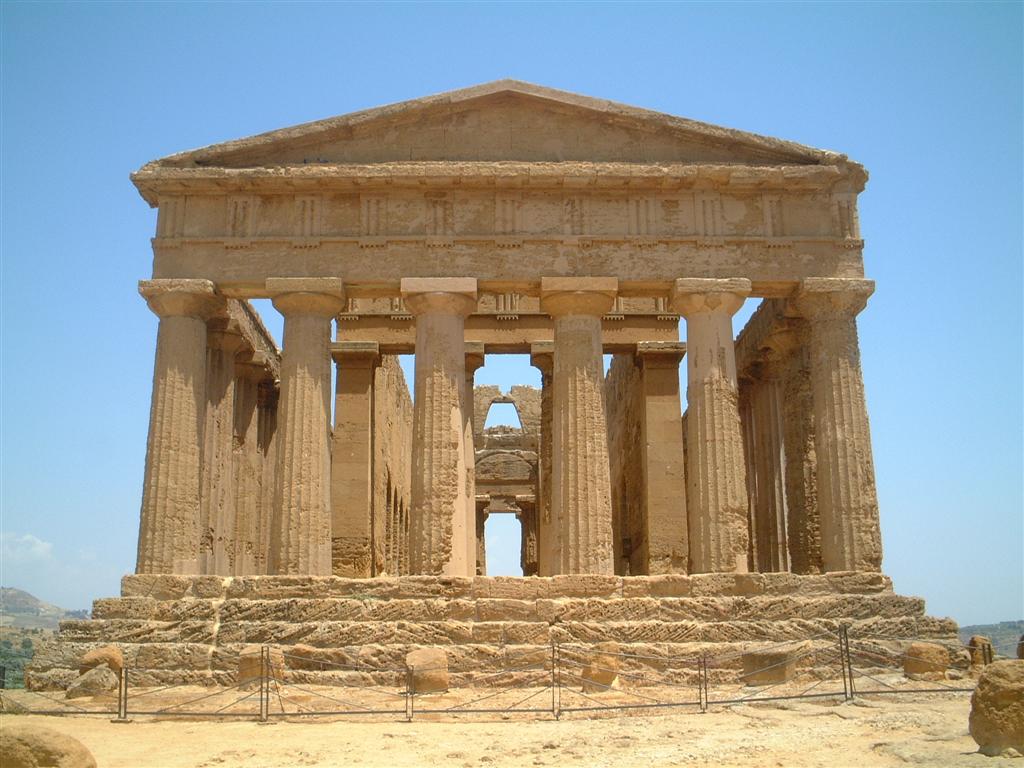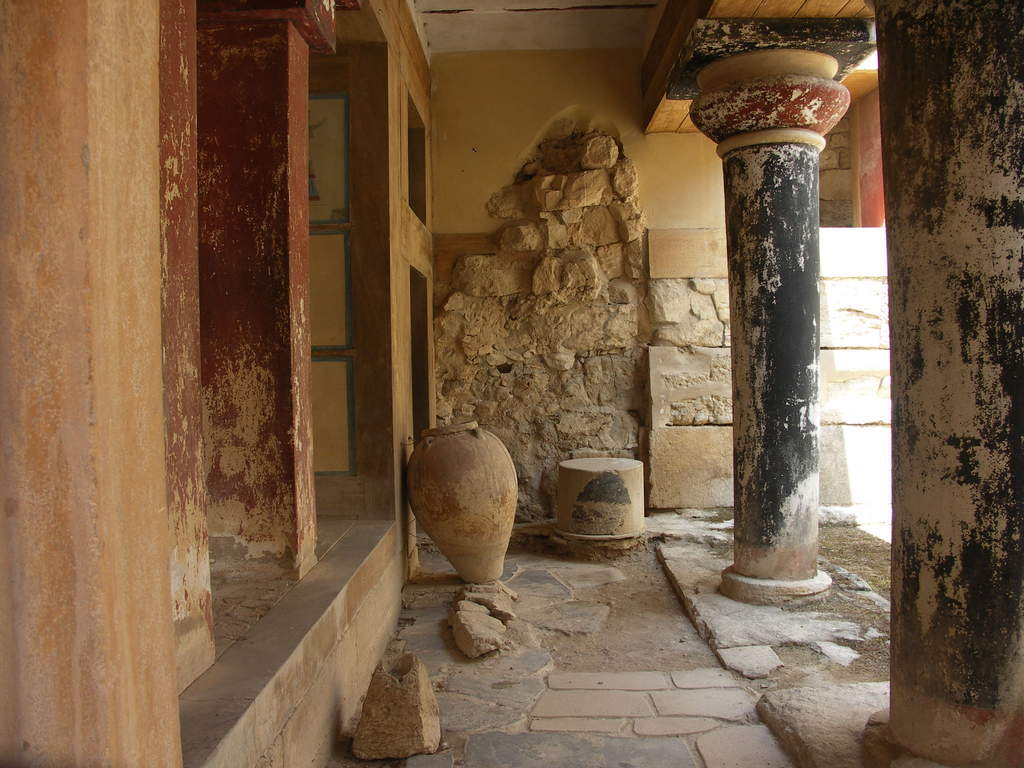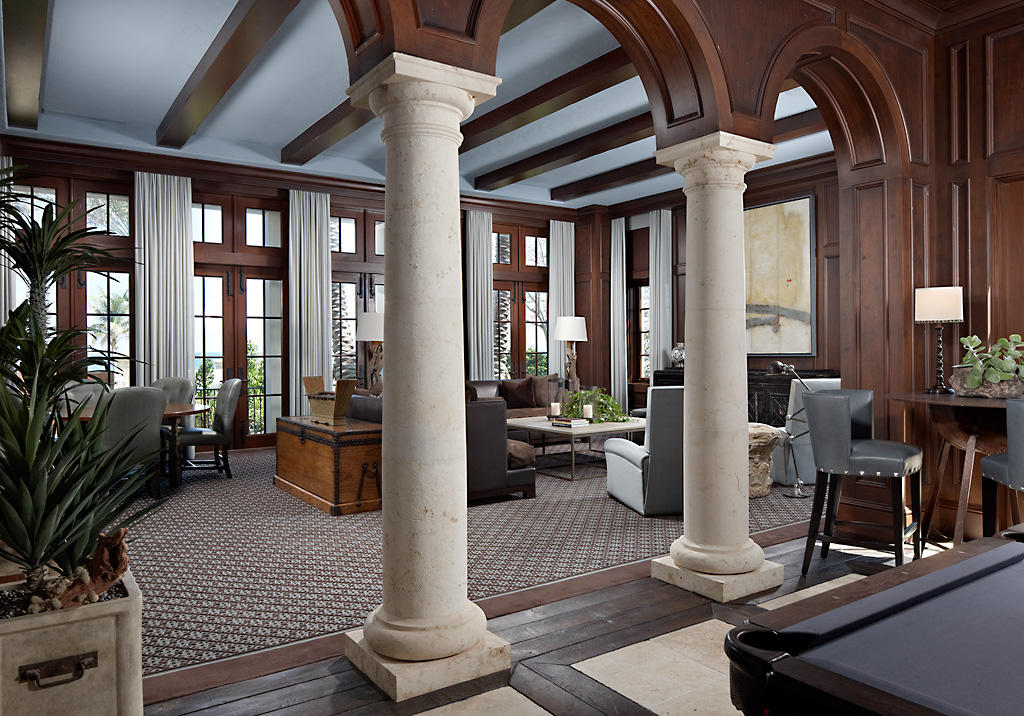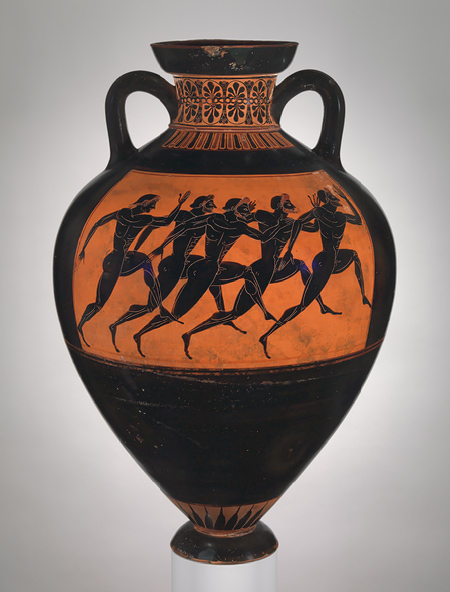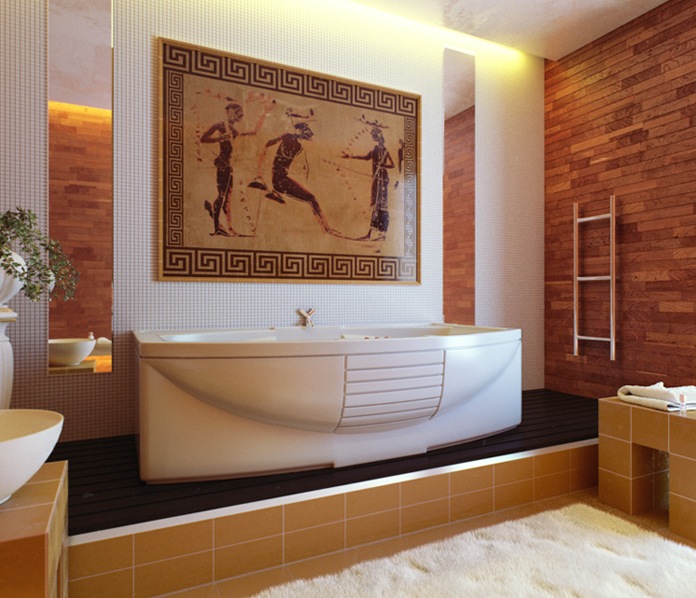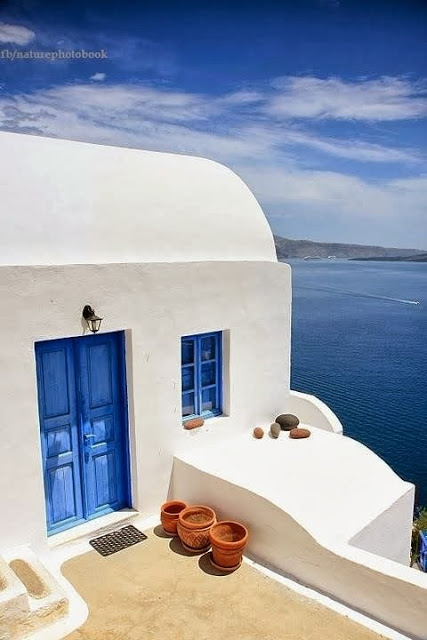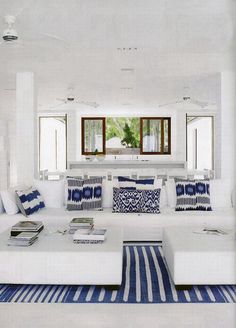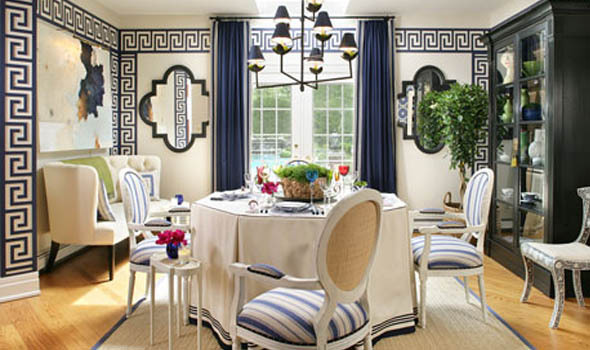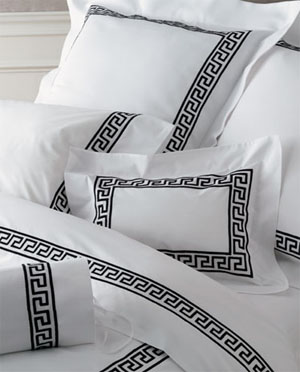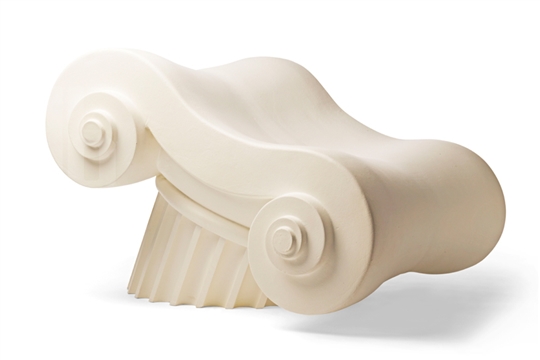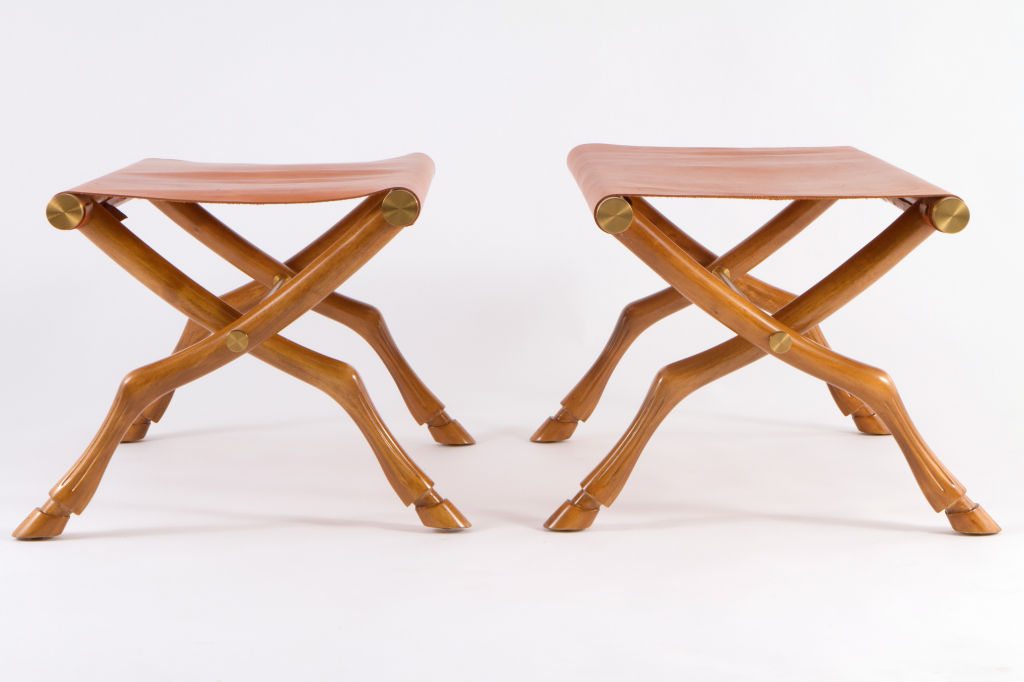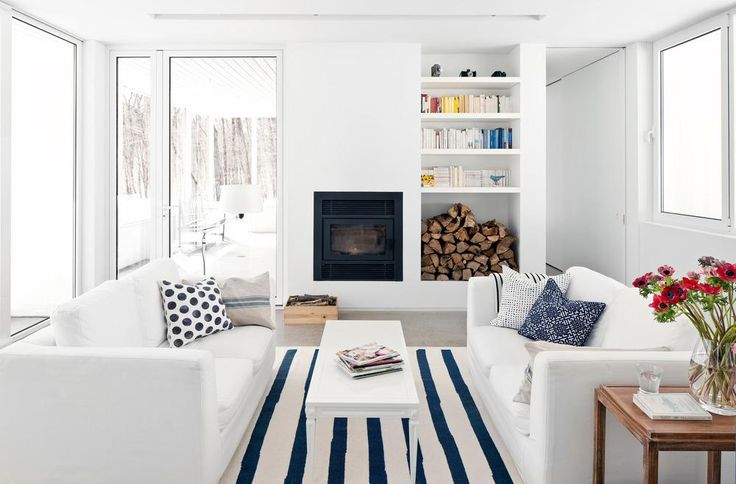Unlike today’s temporary contemporary construction, homes in Ancient Greece were built to last - in fact, some are still occupied to this day. Stone building materials were used on both palaces and whitewashed cliff dwellings. Regardless of the home’s size, interior design in Ancient Greece centered around the family’s hearth. Even back then, the open concept was popular!
When crafting furniture, artisans followed Egyptian design lines, and the materials used did not differ much either from those used by Egyptians. Greek carpenters added ornamentation to furniture with copper, bronze, and iron embellishments, and wood veneer trim.
The backless stool was the most common form of Greek seating. Easily portable, they also were created in a folding variety, with plain straight or curved legs that typically ended in animal feet. Couches were also used in Greece as early as the late seventh century. These were rectangular in shape and supported on four legs, two of which were longer than the other, creating support for an armrest or headboard.
Homes were not cluttered with excessive furniture, and what there was were simply designed and utilitarian, although beautifully made. Persian design had strong influences on Greek interiors – those who could afford it used colorful Persian tapestries and rugs to adorn their walls.
To mimic this style in your home try these Grecian formulas:
1. Bright, whitewashed stucco walls with gently rounded arches, wood paneled beam ceilings, and bright blue shutters and doors
2. Mosaic tile in Greek motifs on bathroom walls, floors, and shower stalls
3. Crisp white bed linens with a Greek key border
4. Backless stools as seating around a simple wood slab dining table
5. Scour architectural salvage companies for sculpted Doric or Corinthian columns, or find reproductions made of plaster or lightweight material
6. Low white sofas combined with simple wood tables
7. Chairs with woven rush seats
8. Blue and white striped area rug
9. Add a reproduction Greek amphora or two to complete your style
